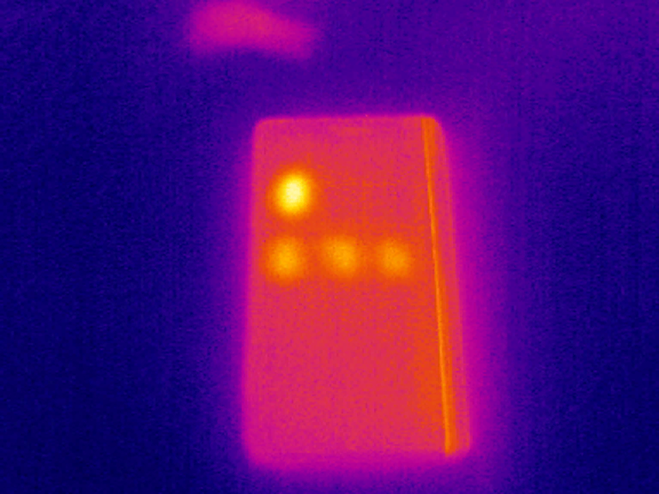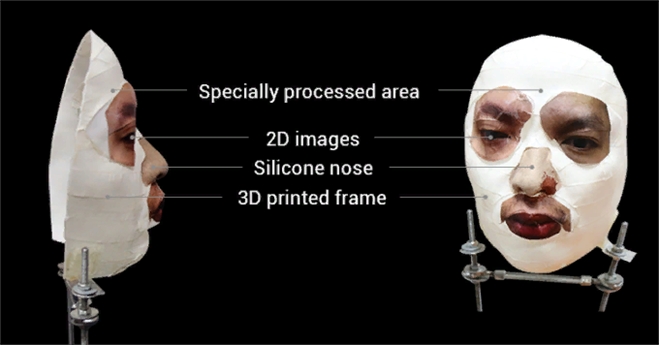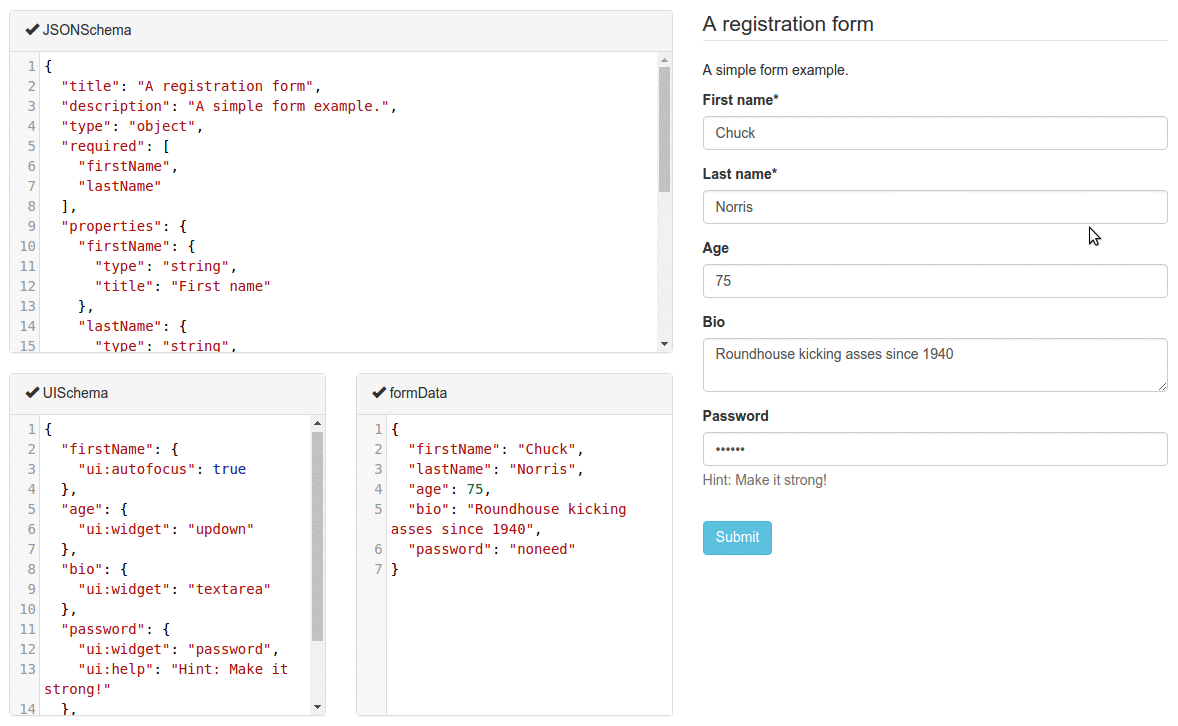Projects
Flexible data import and upload
Import and export
-
Import / export requirements from documents of various document formats
-
Pipelines/workflows of handlers
-
Data Provenance
-
What data came from which systems?
-
What tools processed what input data and what data was received at the output?
Ontologies: W3C PROV, wf4ever, wfdesc

Managing the lifecycle of graph RDF data using the PROV-O ontology
Managing the lifecycle of graph RDF data using the PROV-O ontology
RDF data versioning
RDF data versioning
SHACL Shapes for data schemas description in graph RDF stores and validating graph data
SHACL Shapes for data schemas description in graph RDF stores and validating graph data
New biometric autentification
Technologies
Using biofeedback, big data analysis, and machine learning to improve biometric authentication

Tasks
Development generating visual stimuli and tracking the gaze system
Development collecting, storing and visualizing data system on human reflex reactions
Collecting a statistically significant amount of stimulus-response data using the developed system
Creating and training a neural network that builds a user ID based on stimulus-response data
Evaluating the authentication reliability
Detailed description of examples of current issues (pptx)
Description of project
Based on static biometric characteristics, it is quite easy to identify a person. The problem is that any identification results, if they are obtained on untrusted (conventional) devices (smartphones, tablets), can easily be faked, which discredits the very idea of using biometrics in a legally meaningful interaction. We work with measurements obtained from sensors (microphone, camera, etc.), or it is data substituted by an attacker — to understand this is the main task, the solution of which is necessary to achieve identification characteristics sufficient to ensure legal significance and access to remote cryptographic keys when using untrusted client devices.


Presumably, you can solve this problem if you add dynamic physiological responses to audio and video stimuli to the static biometric characteristics. Presumably, the response to stimuli can be detected by the sensors of the client device, processed using artificial neural networks, which will determine the source of data flows and increase the reliability of identification.

The combination of several biometric algorithms (it is necessary to provide multimodality) should be supplemented with the analysis of at least one physiological response.
You can fake your voice,
You can fake a face,
But if you use a response to a stimulus, then the changes in these modalities at the real source must be consistent, and that's why it will be almost impossible to fake data flows, since you need a model of a specific person's reactions to match fake data, which is unrealistic due to the high complexity of such a model.
Linked Data Management System
Flexible semantic data editor
-
Data schema editor (requirements and relationships types, the composition of their fields)
-
The data editor must adapt to changes in the data schema
-
Creating / deleting / editing requirements
-
Creating / deleting semantic links
-
Support for tracing requirements and hints about what is affected when changes are made

For example React JSON Schema Forms (RJSF)
Collective work with graph data
- Maintainance of the history and versioning of changes
- Setting up processes for approval of changes to requirements with the participation of stakeholders and experts from working groups
- Customizable mechanisms for discussion, agreement, and joint decision-making
- Integration with tools for viewing and editing data at various operation stages
- Detailed differentiation of access rights
Import and export
-
Import / export requirements from documents of various document formats
-
Pipelines/workflows of handlers
-
Data Provenance
-
What data came from which systems?
-
What tools processed what input data and what data was received at the output?
Ontologies: W3C PROV, wf4ever, wfdesc

